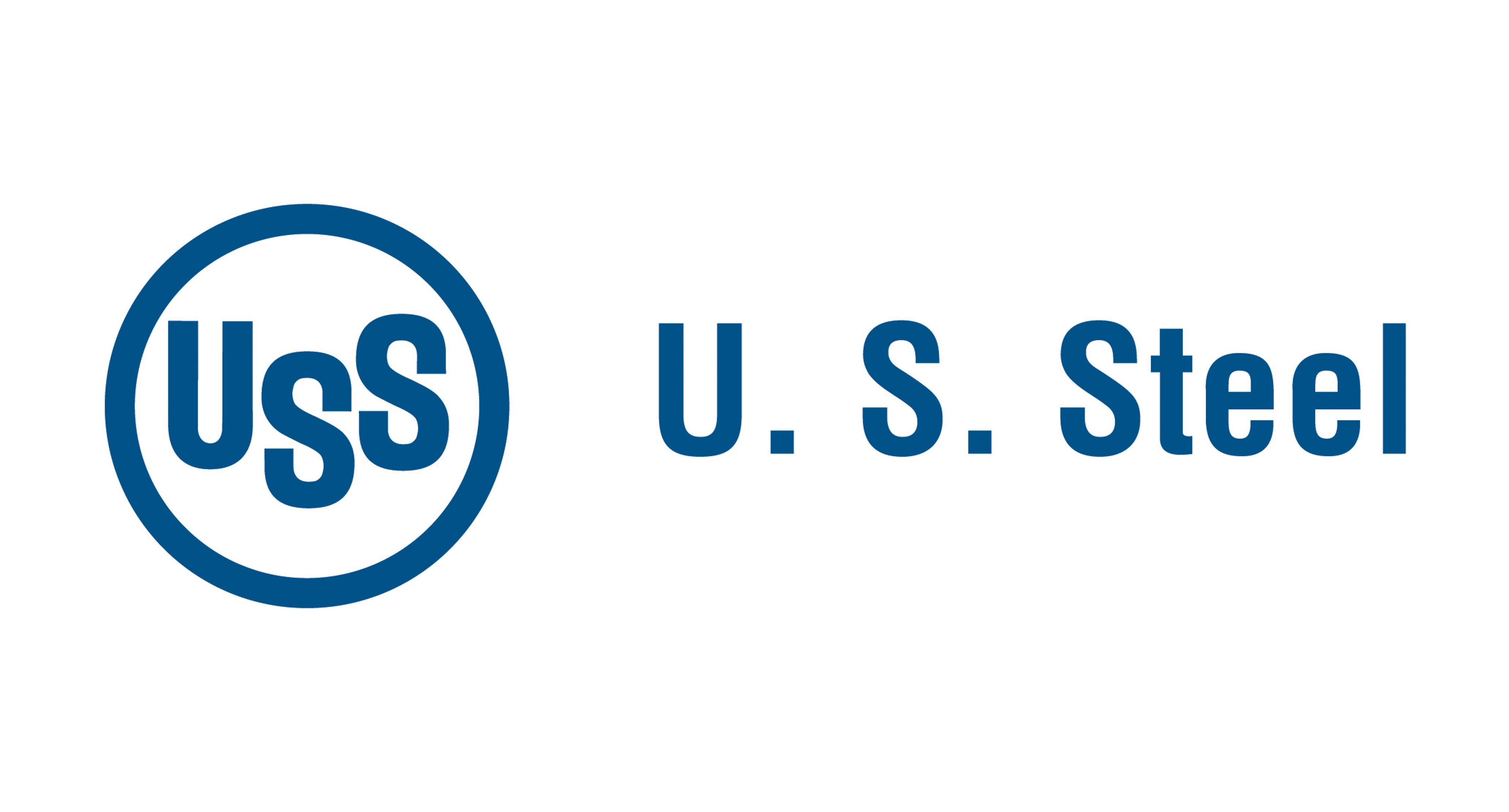Market Segment

January 28, 2014
SDI Reports Solid Earnings
Written by Sandy Williams
Steel Dynamics reported solid earnings on Monday with Q4 2013 net income of $55 million on net sales of $1.9 billion, somewhat short of Q4 2012 net income of $61 million on sales of $1.7 billion. Full year income was $189 million, up from $164 million in 2012. Net sales for the year totaled $7.4 billion as compared to $7.3 billion a year ago.
The steel operations segment had total sales of $4.768 billion in 2013 on shipments of 6.1 million tons. SDI’s fabricated steel segment gained market share in 2013 with a 24 percent increase in annual shipments. Total sales in 2013 were $439 million on shipment of 366,676 tons. Order inquiry is up supporting optimism for nonresidential market recovery in 2014
Metals recycling and ferrous resources operations was fairly flat for the year, said Millet, but fourth quarter showed improvement with higher ferrous metal margins offsetting lower volume and decreased non ferrous profitability.
In fourth quarter, operating income increased 10 percent for steel sheet operations offsetting a five percent decline in the long product segment. SDI’s production utilization rate remained essentially unchanged at 88 percent in the fourth quarter. Average selling price per ton for steel operations increased $11 from third quarter to $805/ton in the fourth quarter, while ferrous scrap per ton melted rose $7 per ton.
Production yield unexpectedly dropped at SDI’s Minnesota iron nugget plan in the third quarter but improved somewhat in the fourth quarter as efforts to reduce production costs progressed. SDI expects Q1 2014 Minnesota losses to mirror those of fourth quarter.
The annual steel production utilization rate for SDI rose six percent to 88 percent year-over-year. The utilization rate for Structural and Rail rose from 68 percent in H1 to 71 percent in the second half of the year. The average selling price for ton for steel operations decreased $38 to $793/ton in 2013. A $25 drop was seen in the average ferrous cost per ton.
“We are optimistic entering 2014,” said Millett in the company press release. “The broader U.S. economy continues to improve. We believe the non-service sector portion of domestic GDP has the ability to grow at a higher rate than overall GDP, driven by strengthened asset values, domestic energy investment and increased infrastructure spending. Steel consumption would benefit from a recovery in the non-service sector of the U.S. economy. Among others, these sectors include heavy steel consuming automotive, machinery, heavy equipment and construction industries.”
Fourth quarter flat rolled shipments by product were as follows:
Hot Rolled = 304,000 tons
HRP&O = 114,000 tons
Cold Rolled = 27,000 tons
HR Base Galvanized = 102,000 tons
CR Base Galvanized = 49,000 tons
Galvalume = 18,000 tons
Painted Steels = 112,000 tons







